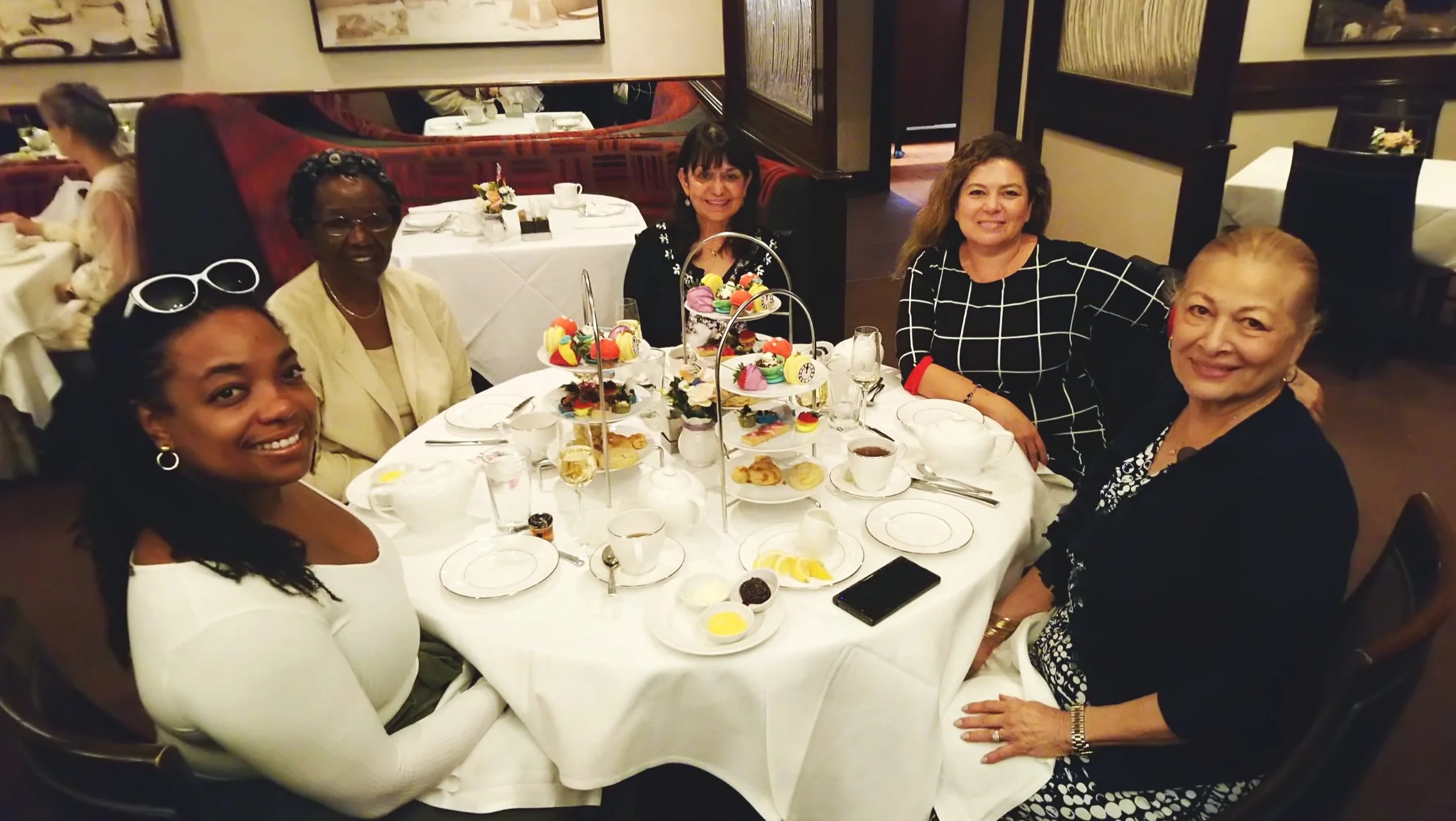It was surprising to see Dr. Ernest Boyer’s (1996) words and vision in the CSOE’s Leadership, Engagement, Accountability and Diversity (LEAD) conceptual framework based on his model of scholarship as seen in a Teacher Education course syllabus in the screenshots above.
I am actually here right now due to hearing Dr. Ernest Boyer speak at an educational conference while he was the President of the Carnegie Commission on Teaching and Learning. At this conference that was over twenty years ago, he spoke about the changes that were to occur in education and how we needed to start looking at the educational models being used in other countries. He shared that we would need to work in integration with other countries as there were many ideas to be shared and learned in order to bring a new model of education. Not only did I see his words actually come through in the global educational comparison assessments, the role of technology in interconnecting educators, and his influence on international educational models, his words were actually much more personally powerful as they were the impetuous for me to see this first hand and actively search for work in education in other countries. This led me on a fifteen year journey which has allowed me to visit nearly 70 countries and live and work in five different countries and to see their educational programs firsthand. It allowed me to begin working with the International Baccalaureate over 20 years ago where I was able to see the elementary international educational framework come to life that incorporated many of Dr. Boyer’s ideas and vision. Although I do not currently work in international schools, I remain connected through my work with the International Baccalaureate’s online professional development where I continue to work with international teachers located around the world. It is a joy to work with those that are new to the program as all of the level 1 courses include Dr. Boyer’s research, The Educated Person (1995).
I remain very connected to the international education world both through my network, my organizations, my social media, and my heartfelt commitment. I have visited all of my previous international schools in the last two years and this has allowed me to have access to international teachers for my research and access to innovative approaches being used around the world. My twenty year establishment as a respected professional in the international education field has me perfectly positioned to gain easy access and work closely with this population in any venture that I chose. In the future I would like to devote more of my energies on research and specifically publications related to this field.
All of the 21st Century Skills are incorporated in this approach to bring the faculty together – critical thinking, creativity, collaboration, communication, information literacy, technology literacy, and flexibility. Keeping these 21st Century Skills in mind, I have created a Teacher Education Virtual Book Club to engage all Teacher Education Faculty on the latest research and secondly the new understandings found from this collaborative dialogue will also foster the chance to present as a group. All faculty have been invited to be part of a panel at one or more future conferences. The conference presentation title is: Clinical Practice: From the Fringes to the Forefront – One university’s teacher education faculty’s self-study on bridging pedagogy and practice.
I have shared this expertise at AIU and will continue to support the Teacher Education program, faculty, and students within the following innovative approaches:
T119 – Teacher Education Faculty Professional Development Spotlight – International Schools and International Curricula Opportunities – Creator, presenter and organizer of Teacher Education faculty Zoom presentations
T519 – CSOE In-Service Academy – Inspiring Ideas for the 21st Century Classroom – Presenter and organizer of Teacher Ed faculty presentations
T619 – Teacher Education new course – Pedagogy IV: 21st Century Educational Models
I look forward to developing more explicit ties to Boyer’s LEAD model, international education frameworks, 21st century frameworks, and the International Society for Technology Education (ISTE) standards as we create our 2.0 version of the Teacher Education program.


